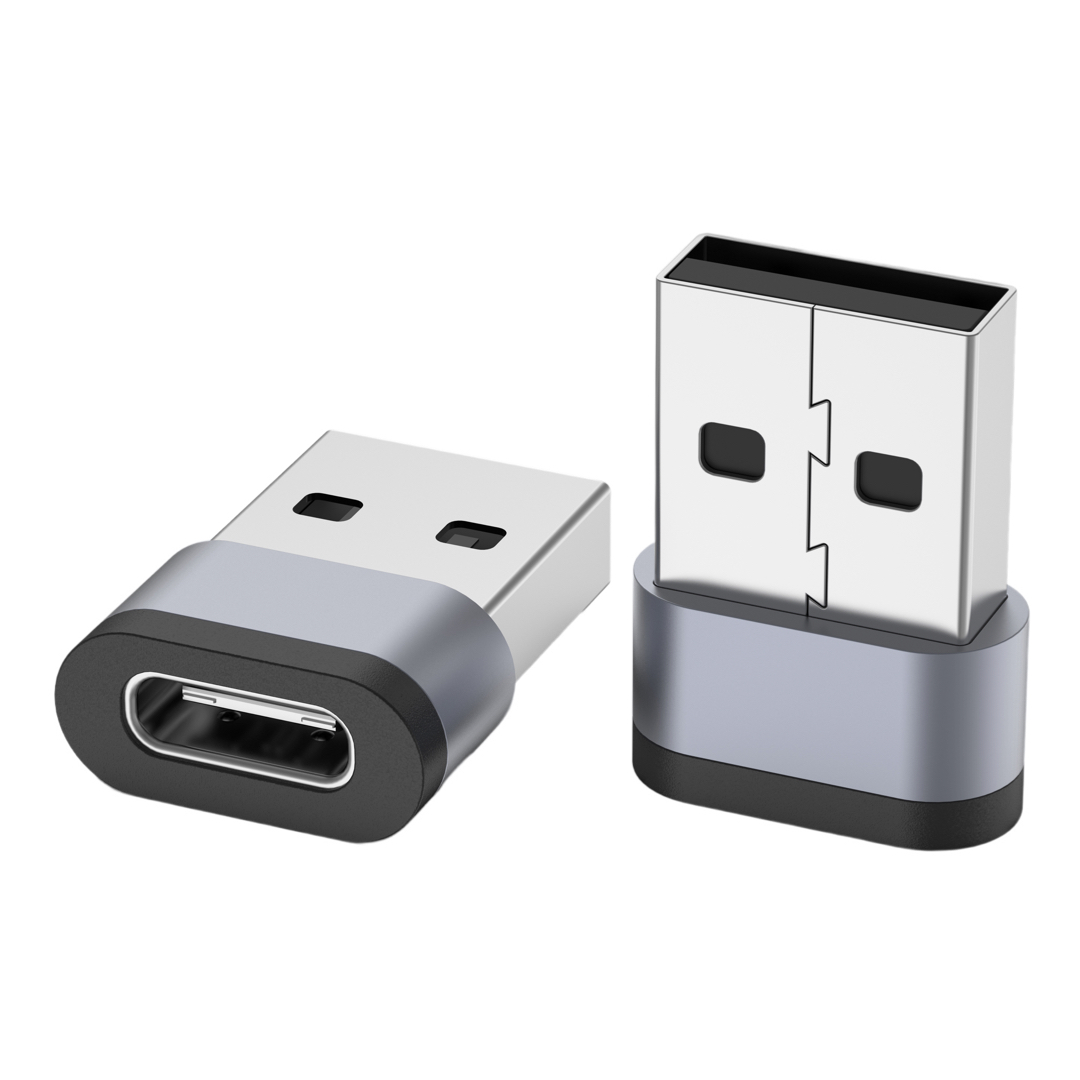Demystifying Audio Adapters: What They Are and How They Work

Introduction to Audio Adapters - What is an audio adapter and what does it do? Audio adapters are indispensable tools in the world of audio electronics. They serve as connectors between different audio devices, enabling compatibility and seamless audio transfer. This article provides a comprehensive overview of audio adapters, helping you understand their purpose, functionality, and different types available.
1. The Basics: What is an Audio Adapter?
An audio adapter, also known as a sound adapter, sound card, or audio interface, is a device that facilitates the conversion and transfer of audio signals between different audio equipment. Whether it is connecting headphones to a smartphone, hooking up a microphone to a computer, or integrating speakers with a television, audio adapters play a vital role in ensuring audio connectivity.
Audio adapters come in various forms, including USB-based adapters, PCMCIA cards, PCIe cards, and traditional 3.5mm audio jacks. Regardless of the form factor, their primary function is to provide an interface for audio input and output between devices.
2. The Functionality: What Does an Audio Adapter Do?
An audio adapter performs several essential functions to ensure proper audio transmission and compatibility:
a) Signal Conversion: One of the key roles of an audio adapter is signal conversion. It takes analog audio signals and converts them into digital signals or vice versa, depending on the needs of the connected devices. This conversion is crucial for seamless audio transfer between incompatible devices.
b) Amplification: In many cases, audio adapters also serve as amplifiers, boosting the audio signals to attain optimal sound quality. This amplification process ensures that audio signals reach the desired output level for headphones, speakers, or other audio devices.
c) Noise Suppression and Audio Enhancement: Advanced audio adapters often incorporate noise suppression and audio enhancement technologies. These features help in reducing background noise, enhancing audio clarity and quality, and providing an overall immersive audio experience.
3. The Types: Common Audio Adapter Varieties
There is a wide range of audio adapters available in the market today. Some of the most common types include:
a) 3.5mm Audio Adapters: These are the traditional audio adapters that use a 3.5mm audio jack to connect devices such as headphones, speakers, and microphones. They are widely used in smartphones, laptops, music players, and other portable devices.
b) USB Audio Adapters: USB audio adapters are compact devices that connect to a USB port on a computer or other compatible devices. They are popular for their convenience and versatility, enabling users to connect various audio devices without relying on built-in audio interfaces.
c) Professional Audio Interfaces: Professional audio interfaces are advanced audio adapters designed for studio-grade audio production. They offer high-quality audio input and output, multiple channels, and various connectivity options for professional musicians, sound engineers, and content creators.
Conclusion
In conclusion, audio adapters serve as vital tools in bridging the gap between different audio devices. They offer essential functions such as signal conversion, amplification, and audio enhancement, ensuring seamless audio connectivity and optimal sound quality. With various types available, including 3.5mm audio adapters, USB audio adapters, and professional audio interfaces, users can easily adapt to the diverse audio connectivity needs of today's digital world.



